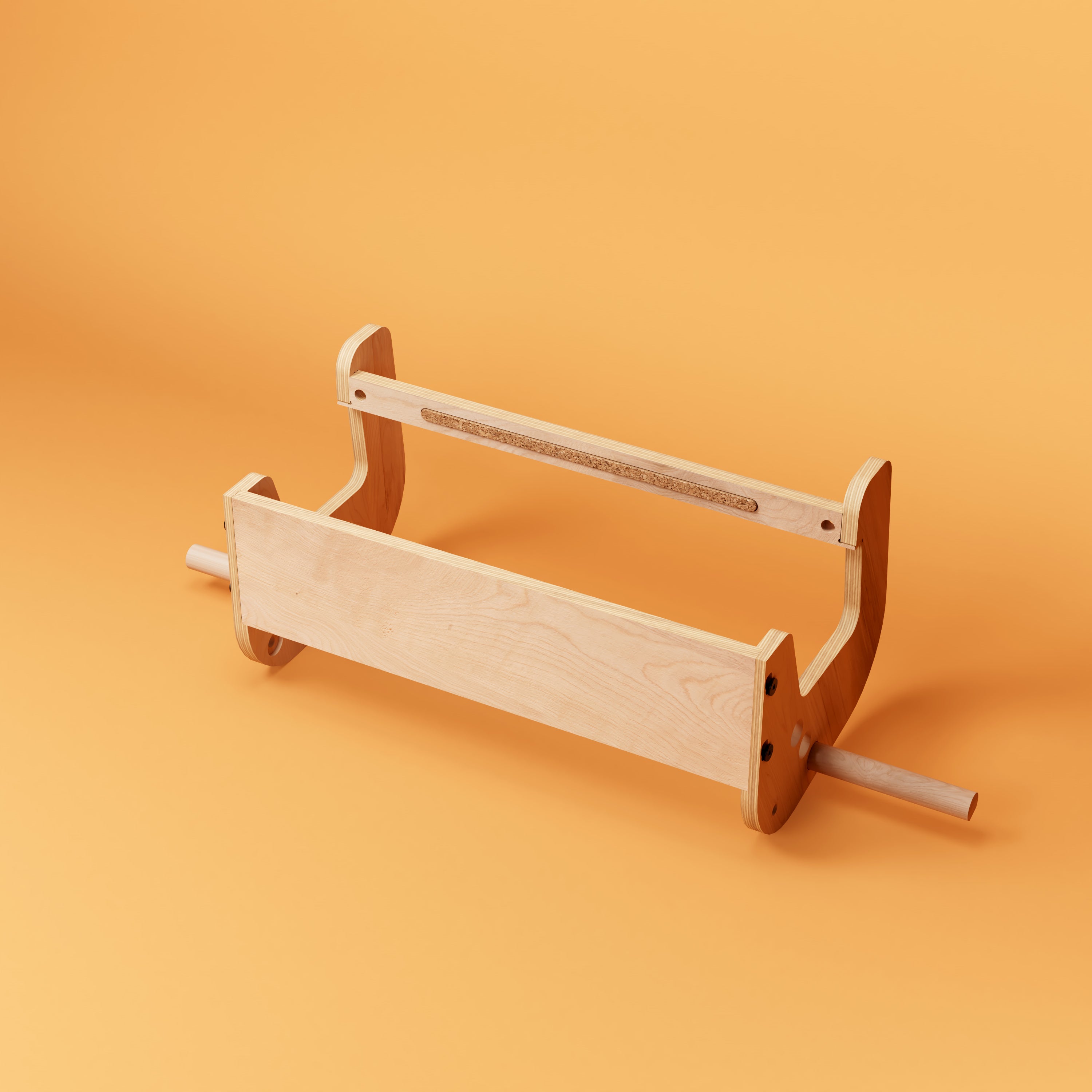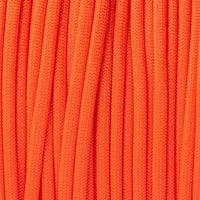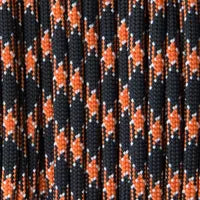- The Benefits of Climbing-Specific Training
- How do I choose the right training exercise for my goals?
- Why train on a
Climbing hangboard ? - How to train on a
Climbing hangboard to climb better? - Is there a miracle exercise to progress very quickly in climbing?
The Benefits of Climbing-Specific Training
Climbing-specific training involves performing targeted, purposeful exercises to improve key skills needed for climbing. This can include improving strength and endurance, but also technique, mobility, mental strength, or even specific muscles. These exercises can be: made by climbing or using tools like
Not everyone needs to train, it depends on your practice. Training is not a goal in itself, it is a powerful tool for progression. If you have long-term climbing goals, if you want to be a good climber in all styles or if you If you want to prevent injuries more easily, specific training may be the solution.
The benefits of targeted training are numerous. First, it offers measurable results because you focus on specific areas of your fitness. This allows you to track your progress and see tangible improvements.
Another advantage is saving time. Unlike climbing sessions that follow one another and are similar, a targeted training session can be short but effective, which also leaves you more time for fun climbing. A person who does 4 big sessions per week with the same goal of always linking harder boulders in each session, can progress less quickly in strength than you who only do 2 sessions per week but with a parallel precise, short and effective training. This also avoids the fatigue of long sessions and allows you to maintain a better life balance.
Finally, targeted training reduces the risk of injury by targeting specific areas that may be weak points, such as the shoulders, elbows, or wrists. This allows you to improve your strength and endurance with less risk of injury, which is crucial for sustainable progress.
To summarize:
- Training works! Training specific to climbing allows you to measure progress and target specific skills.
- Training can be a time saver: Short but effective workouts allow you to climb more for fun.
- Less risk of injury: By strengthening weak areas, you reduce the risk of fatigue-related injuries.

How do I choose the right training exercise for my goals?
- Type of exercise : Think about what you want to improve. If you want to improve your pulling strength, it's best to perform low repetitions with maximum weight and plenty of rest. If you're aiming for endurance, you'll need more repetitions and less rest, but you'll also need to use less weight. Flexibility and technique can also be types of exercises to work on for your goals.
- Volume: Volume refers to the total number of repetitions, sets, or time spent training. High volume may indicate an emphasis on endurance, while lower volume with heavier weights may be focused on strength.
- Intensity: Intensity measures the
level the difficulty of each exercise. To build strength, you can add weight. To increase endurance, maintain a medium intensity but increase the exercise time.

Why train on a Climbing hangboard ?
There - Best in every way: The
hangboard allows you to work on finger strength, but also their endurance and resistance. It is one of the most effective tools for this and you just have to hang on them. - Targeting Weaknesses: The
hangboard allows you to work on different types of grip which can help you be a better climber in different climbing styles, but also to reduce the risk of injury. - Intensity Control: You can adjust the difficulty of the exercises according to your progress by using elastic bands or a pulley system. This also helps make the workout on
hangboard accessible to alllevel x. - Practicality: With a
hangboard at home you can train anytime and easily.
How to train on a Climbing hangboard to climb better?
Below are some exercise ideas depending on your
- Warm-up: Before you begin, make sure you warm up thoroughly, just as you would before a climbing session. Just by tightening different
holds Holding your hands without hanging on them is a good start. Then gradually intensify your suspensions over time. This prepares your muscles and joints and reduces the risk of injury. - Avoid arches: It is advisable to stay on
holds stretched or semi-arched to protect the finger joints. - Start slowly: Don't rush into the most difficult exercises. Start with hanging deadlifts with your feet on the floor or using a chair to take some of your weight off.
- Using Elastic Bands: To lighten the weight on your fingers and increase the duration of your holds without overloading them, use elastic bands. This allows you to adjust the resistance and progress at your own pace without risking injury.
- Recovery: After each session, take time to recover. This can include light stretching or simply resting to allow your muscles to regenerate.
Exercise ideas on hangboard
-
For beginners
- Choice of
holds : Choose someholds wide enough to hold comfortably for at least 10 seconds. Feel free to loosen with an elastic band if necessary. - Exercise Execution: Do 3 to 5 repetitions of 10-second hangs with 1 minute of rest between each.
- Progression: Increase the hang time or decrease the size of the
holds You can perform this exercise 1 to 2 times a week.
-
For experienced climbers
"Max Finger Strength" Exercise:
- Choice of
holds : Choose a 10 to 20 mm deep strip on which you can hang for about 10 seconds. If you can hold on longer, you can add ballast. The closer the strip is to 10 mm, the more we will work specifically on holding the small ones.holds The closer it is to 20mm, the more it will work.Grip strength on a wider variety ofholds . - Exercise Execution: Perform between 4 and 8 holds of 6 to 8 seconds each, taking at least 3 minutes of rest between each hold to allow your muscles to recover.
- Do this exercise a maximum of twice a week.
Exercise "Maximum Strength Pull-ups"
Do three to five sets of weighted pull-ups for maximum 6 to 8 repetitions before progressing to a higher load. Perform this exercise a maximum of 2 times per week.
Exercise: Forearm endurance work:
- Choice of
holds : Select someholds which allow you to hold comfortably for more than 20 seconds with both hands. - Performing the exercise: Alternate 20 seconds of two-handed hanging with 40 seconds of rest. Repeat this sequence as many times as possible, without exceeding 6 to 7 minutes in total.
- Organization of the session: Do 2 to 3 rounds of this sequence, with a long break of 5 to 7 minutes between each round. The effective work volume should be between 2 and 7 minutes.
- Progress: To increase the intensity, move to 30 seconds of hanging followed by 30 seconds of rest. For the more experienced, try 40 seconds of hanging followed by 20 seconds of rest to increase forearm pump.

Is there a miracle exercise to progress very quickly in climbing?
There's no magic drill for rapid climbing progress. What works for some may not be effective for others. The key is a balanced and varied approach. It's important to understand your own needs and limitations and to develop a workout that matches your goals. Effective climbing training relies on persistence, exercise variety, and adapting to your own abilities and weaknesses.
Conclusion
To optimize your climbing performance, training onTo get the most out of training on







































